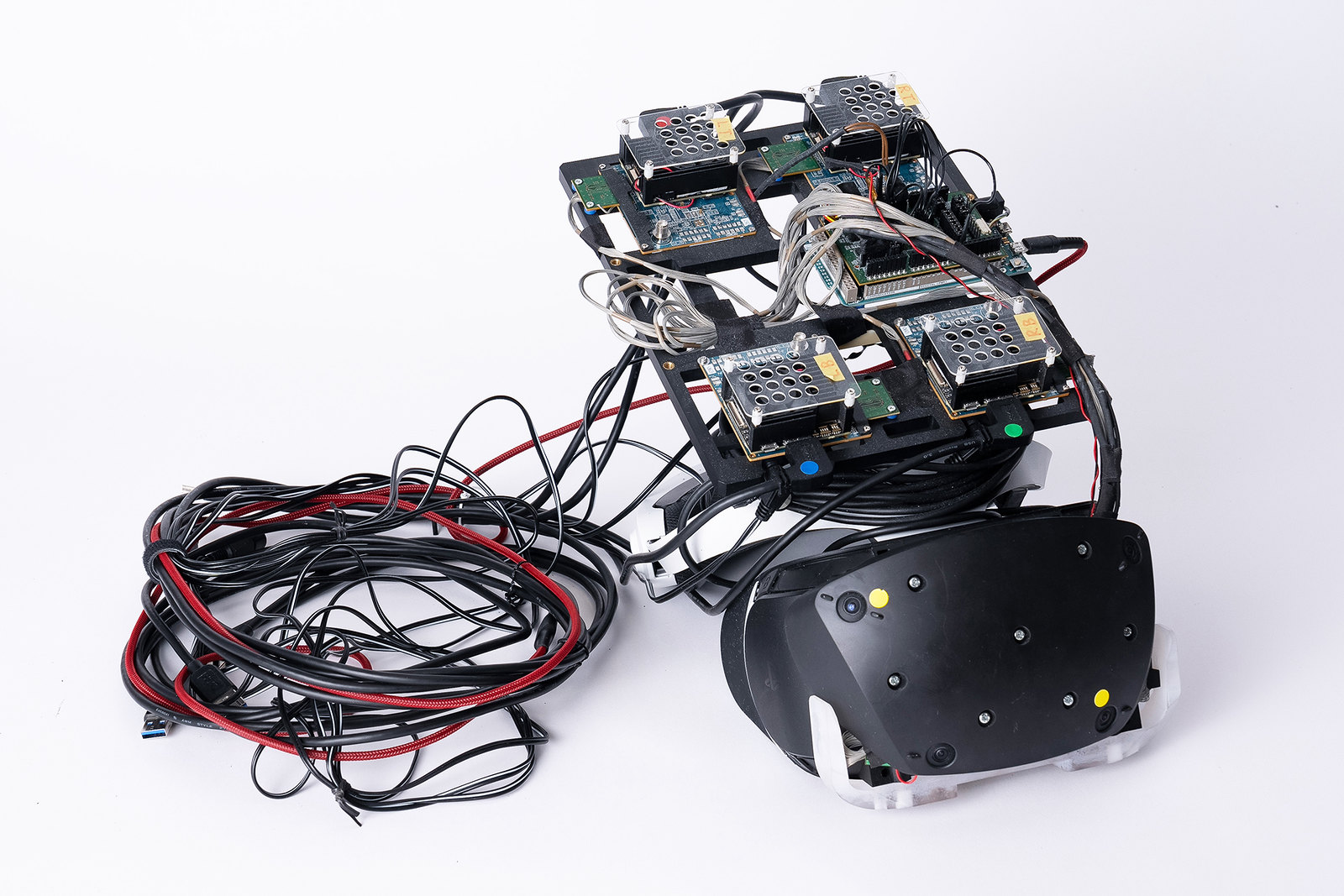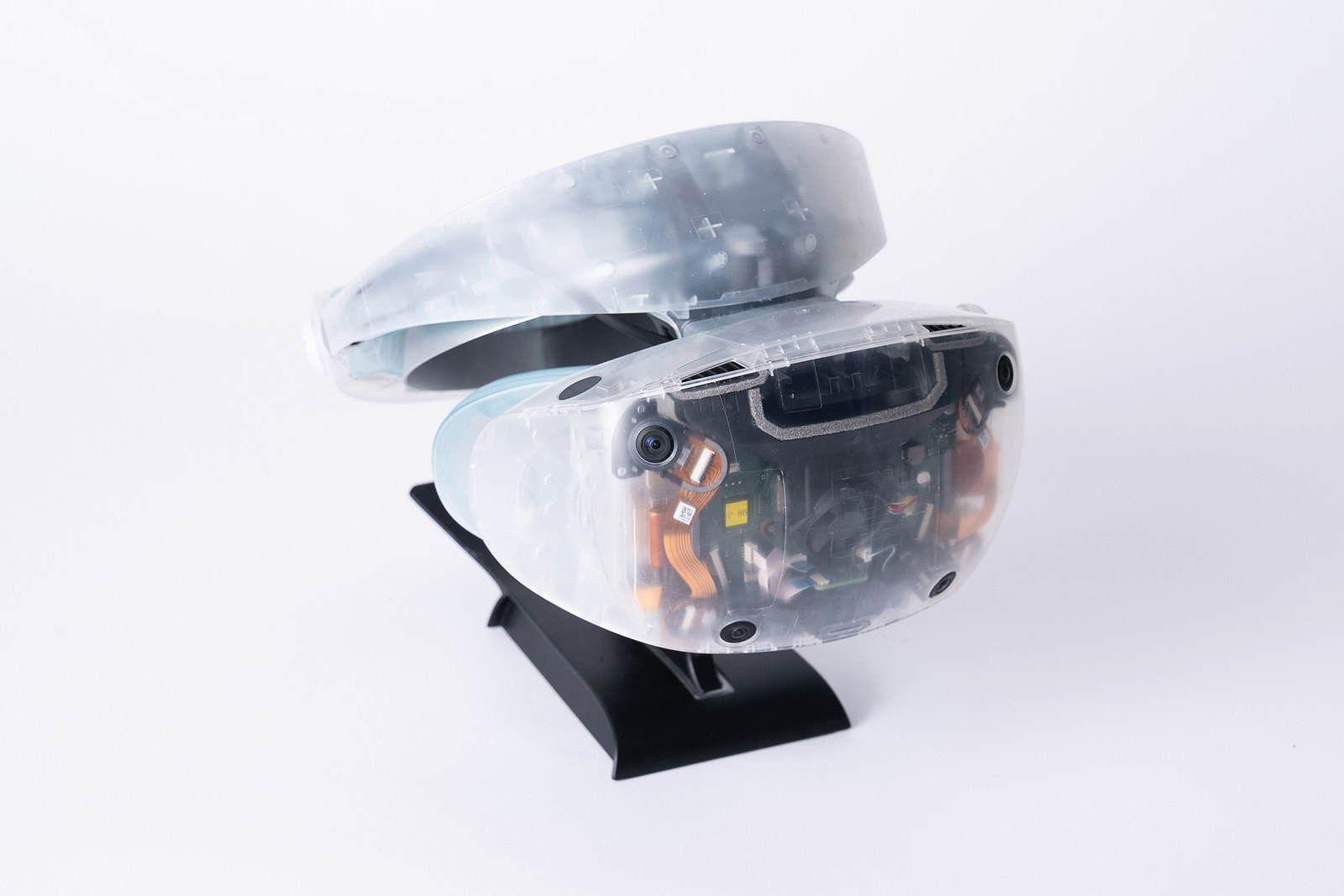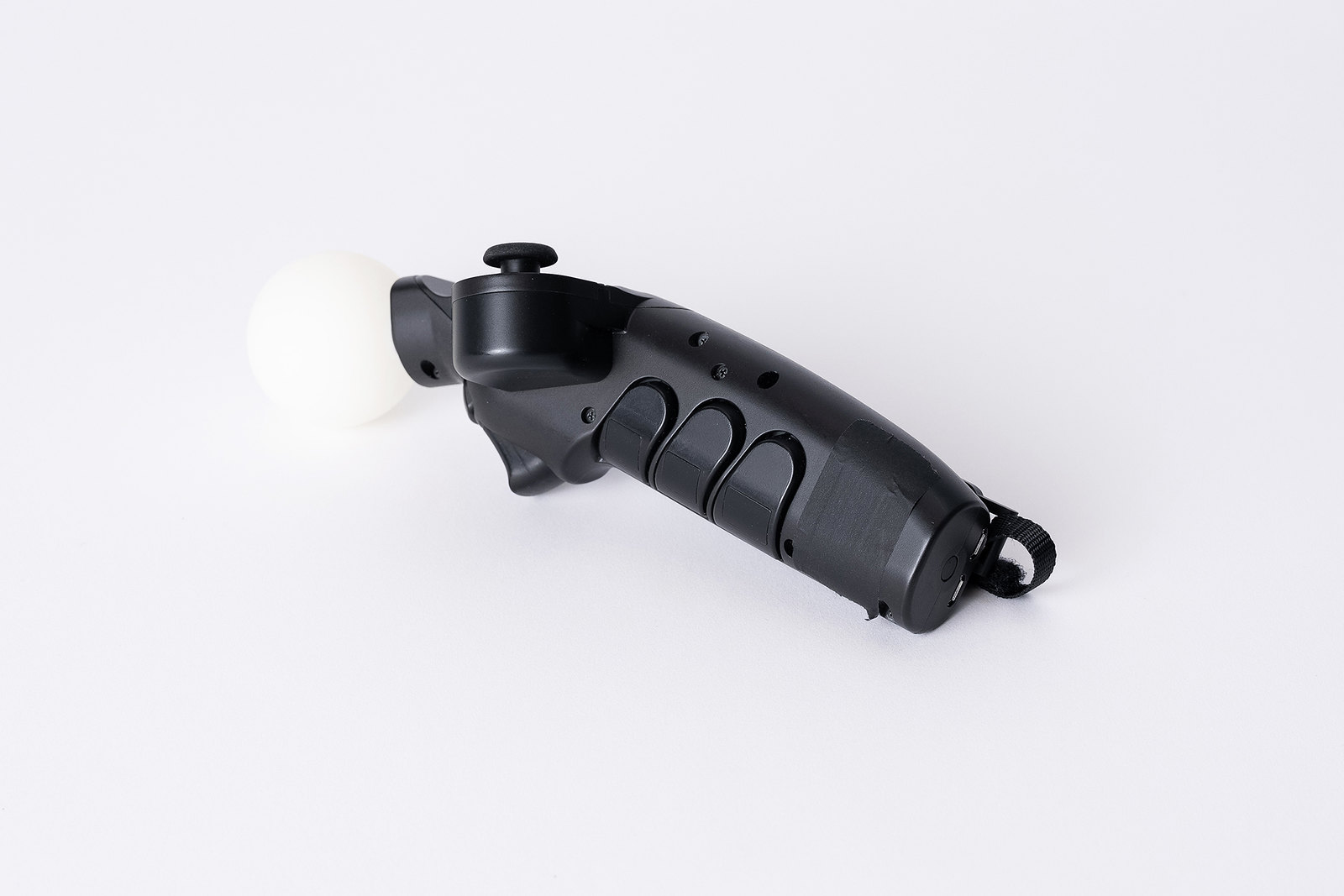Sony released a peek into the prototyping stages that led to PSVR 2, showing off a number of test units for both the headset and controllers.
In an extensive interview on the PS blog, PSVR 2’s Product Manager Yasuo Takahashi reveals the development process behind Sony’s latest VR headset.
Takahashi reveals that detailed discussions on the company’s next-gen PSVR began in earnest after the launch of the original in 2016. From there, the team started prototyping various technologies for PSVR 2 starting in early 2017.
Below is a condensed version of the interview, including all provided photos. If you want to read the full article, click here.
Challenges of Design & Optimization
Maintaining a light and compact design while implementing new features was a challenge, Takahashi says, requiring the teams to work closely to produce detailed technical estimates and optimize the design.

While comfort was a significant focus during the development process, the initial prototype focused on evaluating functionality rather than weight.
All of that top bulk is dedicated to inside-out camera evaluation boards which would eventually be shrunk down to an SoC embedded within the headset.
Room-scale & Eye-tracking Tech
Various prototypes were created and tested before integration including both inside-out and outside-in tracking methods. Of course, we know inside-out tracking was eventually the winner, but it’s interesting to note the company was at one point still considering an outside-in approach, similar to the original PSVR.
Eye-tracking tech was also explored as a new UI feature in addition to foveated rendering, which allows developer to push the boundaries of PS5’s VR rendering capabilities and serve up higher-fidelity visuals in games.
Testing and optimizing eye tracking took time, considering different eye colors and accommodating players wearing glasses.

Comfort & Design
The development team assessed comfort and wearability, evaluating numerous configurations based on the headset’s expected weight. The team put a lot of thought into the materials and shape to make the headset feel lightweight while maintaining strength.
A cool ‘skeleton’ prototype shows all of the pieces of the puzzle together, also showing the headset’s halo strap, which like the original PSVR, keeps the bulk of the weight off the user’s forehead. This one should definitely get a spot on the museum shelves (or maybe a fun mid-generation release?).

Headset haptics were also added as a new feature based on the idea of using the rumble motor from the DualShock 4 wireless controller.
PSVR 2 Sense Controllers
The PSVR 2 Sense controllers were developed in parallel with the headset, starting discussions in 2016 and prototyping in 2017.
Features like haptic feedback, adaptive triggers, and finger-touch detection were early additions, although the team was still sussing out tracking. Notice the Move-style tracking sphere on the tip of an early prototype.

The final shape of the Sense controller was achieved through extensive prototyping and user testing to ensure a comfortable fit and optimized center of gravity.
Here you can see a number of IR tracking marker configurations that would eventually settle on the production model’s current form.
While Sony is undoubtedly sitting on a lot more prototypes than this—they began prototype when the original PSVR had only been in the wild for less than a year—it’s an interesting look at how Takahashi’s team eventually settled on the current form and function of what will likely be PS5’s only VR headset for years to come.
If you’re interested to learn more, check out the full interview with Takahashi.
- SEO Powered Content & PR Distribution. Get Amplified Today.
- PlatoData.Network Vertical Generative Ai. Empower Yourself. Access Here.
- PlatoAiStream. Web3 Intelligence. Knowledge Amplified. Access Here.
- PlatoESG. Automotive / EVs, Carbon, CleanTech, Energy, Environment, Solar, Waste Management. Access Here.
- BlockOffsets. Modernizing Environmental Offset Ownership. Access Here.
- Source: https://www.roadtovr.com/sony-reveals-psvr-2-prototypes/
- :is
- $UP
- 1
- 2016
- 2017
- 23
- 7
- a
- achieved
- added
- addition
- additions
- After
- All
- allows
- also
- Although
- an
- and
- approach
- article
- AS
- assessed
- At
- based
- BE
- been
- before
- began
- behind
- Blog
- board
- both
- boundaries
- but
- by
- camera
- cameras
- CAN
- capabilities
- Center
- challenge
- check
- closely
- come
- comfort
- comfortable
- company
- Company’s
- conception
- considering
- controller
- Cool
- Course
- created
- Current
- dedicated
- definitely
- Design
- detailed
- details
- Detection
- developed
- Developer
- Development
- development team
- different
- discussions
- down
- during
- Early
- embedded
- ensure
- estimates
- evaluating
- evaluation
- eventually
- expected
- Explored
- extensive
- eye
- eye tracking
- Feature
- Features
- feedback
- feel
- final
- fit
- Focus
- focused
- For
- form
- foveated rendering
- from
- full
- fun
- function
- functionality
- Games
- get
- gravity
- had
- haptic
- haptics
- Headset
- How
- HTTPS
- idea
- if
- image
- implementing
- in
- Including
- initial
- integration
- interested
- interesting
- Interview
- into
- jpg
- Know
- latest
- launch
- LEARN
- Led
- less
- light
- lightweight
- like
- likely
- Look
- Lot
- Maintaining
- make
- manager
- marker
- materials
- max-width
- maybe
- methods
- more
- Motor
- Museum
- net
- New
- New Features
- Notice..
- number
- numerous
- of
- off
- on
- ONE
- only
- Optimize
- optimized
- optimizing
- or
- original
- out
- Parallel
- Photos
- pieces
- plato
- Plato Data Intelligence
- PlatoData
- players
- playstation
- Point
- process
- produce
- Product
- product manager
- Production
- prototype
- prototypes
- prototyping
- provided
- PSVR
- PSVR 2
- Push
- put
- puzzle
- rather
- Read
- release
- released
- rendering
- Reveals
- says
- see
- sense
- serve
- settle
- Settled
- Shape
- Share
- shelves
- should
- Shows
- significant
- similar
- Sitting
- Sony
- Spot
- stages
- started
- Starting
- Still
- strength
- team
- teams
- tech
- Technical
- Technologies
- test
- tested
- Testing
- than
- that
- The
- There.
- this
- thought
- Through
- time
- tip
- to
- together
- took
- top
- Tracking
- ui
- undoubtedly
- units
- User
- using
- various
- version
- visuals
- vr
- VR Headset
- want
- was
- we
- weight
- were
- What
- when
- which
- while
- Wild
- will
- winner
- wireless
- with
- within
- Work
- would
- years
- You
- zephyrnet













